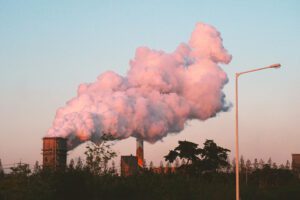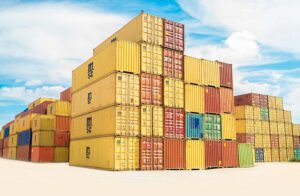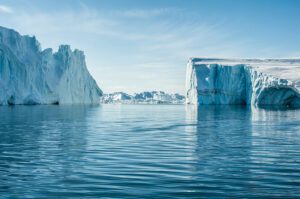Other firms are developing similar technology to extract previously unreachable oil.
When Chevron started using cutting-edge technology to tap into high-pressure, deepwater oil fields in the Gulf of Mexico earlier this month, they opened the door to a potentially huge increase in the amount of oil that can be extracted globally.
In development for several years, Chevron’s Anchor project uses high-pressure of approximately 20,0000 pound-force per square inch (psi) to extract oil and natural gas from deepwater sites. It “could put up to 5 billion barrels of previously inaccessible crude into production,” said Reuters, citing analysts.
“Chevron is leading the way to unlock ultra-high-pressure reservoirs in the Inboard Paleogene, which have never been produced,” said Mfon Usoro, Principal Analyst at Wood Mackenzie.
The so-called 20K high-pressure technology, has the potential to enable extraction of an additional 2 billion barrels of previously inaccessible oil in the Gulf of Mexico alone, Usoro said. It would enable exploration in water as deep as 34,000 feet, more than six miles below sea level, according to reports.
Other oil producers, such as BP, are working with similar technology, opening the potential for much greater global oil exploitation.
Experts maintain the new technology ensures safety, though there is reason for concern. The worst oil spill in history, the Deepwater Horizon occurred in the Gulf of Mexico using pressure that was about a third less than the new 20K systems. But the current state of the art in drill ships and other equipment guarantee dramatic improvement in technology since that 2010 incident, according to Usoro.
“The industry has done their bit to safely deliver the barrels, with the new technology,” Usoro told Reuters.
Big change for the industry
Depending on the success of the 20k projects, this could be the beginning of a new era of exploitation in the Gulf, or the beginning of the end, Usoro said.
“Production from the Inboard Paleogene has the potential to permanently change the landscape in the US GoM [Gulf of Mexico],” said Usoro. “Operators expect individual wells to recover at least 30 million barrels of oil equivalent. Success in the play could extend the life of the basin. However, if results fall short, it could mark the beginning of production decline in the basin and a blow to a resurgence in exploration for additional barrels in the play.”
Beyond the Gulf, the technology can enhance exploration in other parts of the globe, according to Chevron.
“Application of this industry-first deepwater technology allows us to unlock previously difficult-to-access resources and will enable similar deepwater high-pressure developments for the industry,” said Nigel Hearne, executive vice president, Chevron Oil, Products & Gas.














